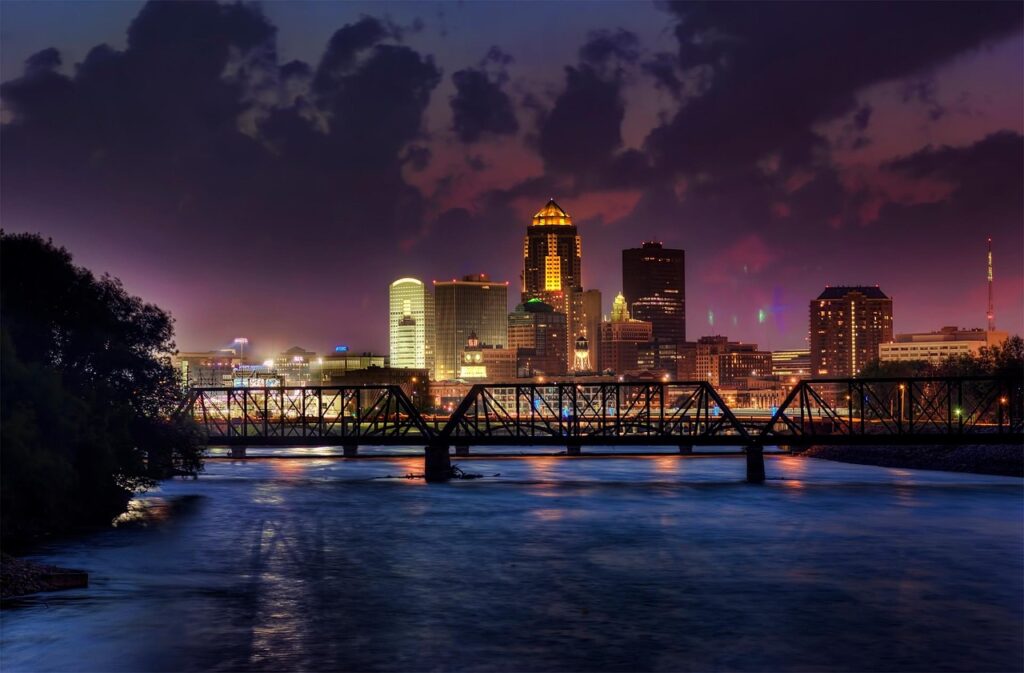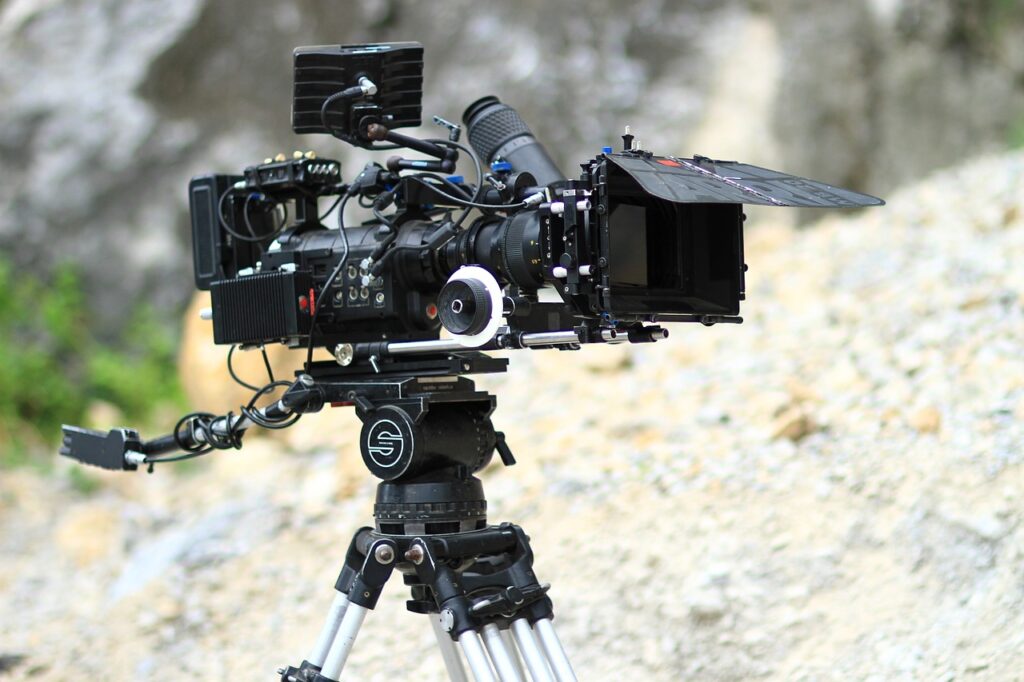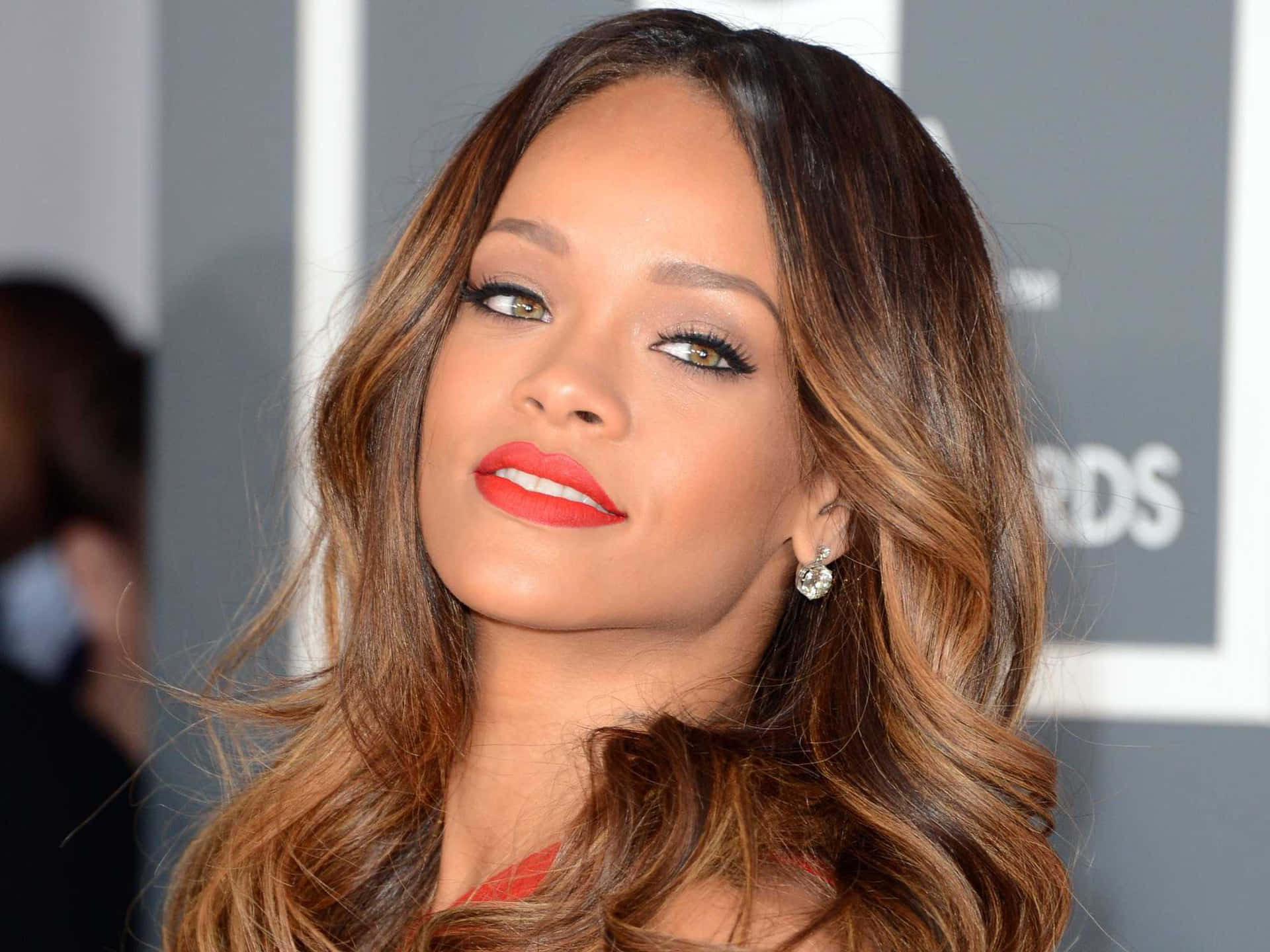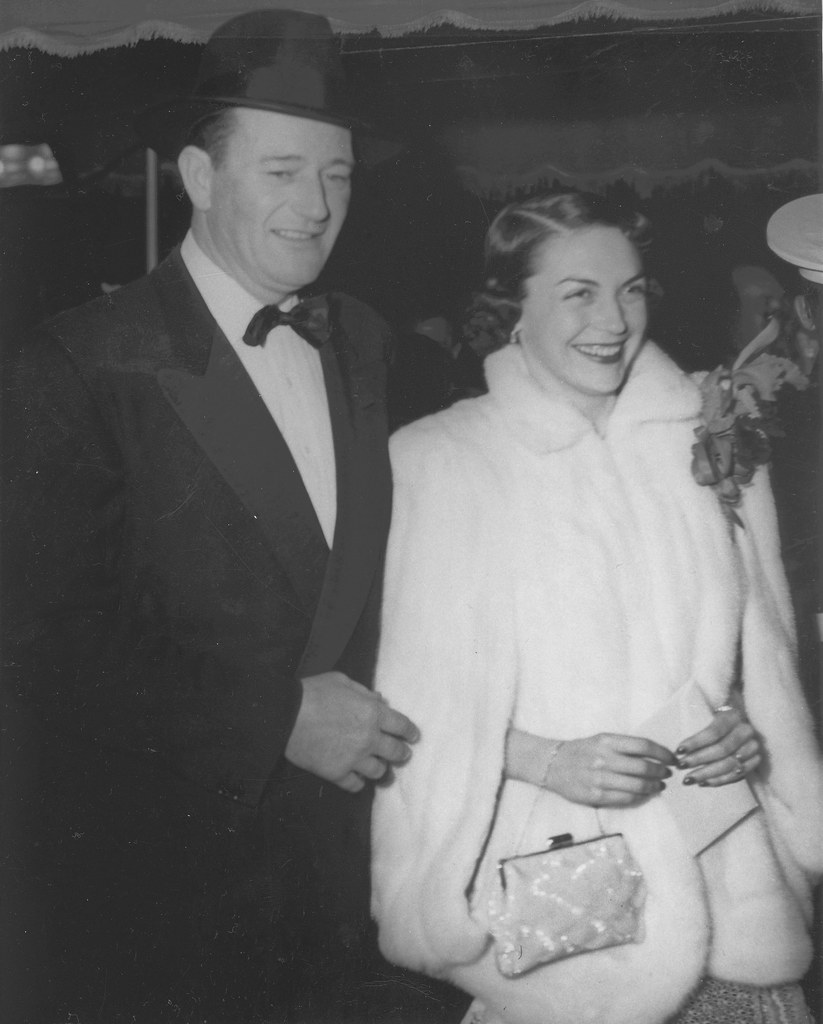
John Wayne, a name synonymous with American grit, rugged individualism, and the sprawling landscapes of the Western frontier, remains one of Hollywood’s most enduring icons. His on-screen presence was so monumental that it’s easy to forget the man behind the legend, the person who existed before the cameras, the iconic walk, and the unforgettable dialogue. But like any great story, Wayne’s journey to superstardom is filled with fascinating details, not least of which is the true origin of his famous nickname, “The Duke.”
For generations of fans, John Wayne simply *was* “The Duke,” a moniker that seemed to perfectly capture his commanding persona and undeniable screen royalty. Yet, the story behind this legendary nickname is far more humble and heartwarming than many might imagine, dispelling myths of aristocratic lineage or a theatrical debut as a nobleman. It’s a tale rooted in childhood innocence, a loyal companion, and a few observant firefighters, as revealed by those closest to him, including his son, Patrick Wayne.
Today, we’re peeling back the layers of Hollywood lore to uncover the authentic narrative of how Marion Robert Morrison transformed into the beloved John Wayne, and how a cherished family pet inadvertently bestowed upon him one of cinema’s most enduring aliases. Join us as we explore the surprising beginnings of a man who would become an American legend, tracing his path from an Iowa childhood to his first steps into the dazzling, demanding world of film.
1. **Marion Robert Morrison: The Man Before the Icon**Before he was John Wayne, before he was “The Duke,” he was simply Marion Robert Morrison. Born in Iowa in 1907, this seemingly ordinary name belonged to the boy who would one day embody the quintessential American hero. It’s a striking contrast to the powerful, resonant stage name that would later define his public image.
His family’s journey took them west in 1914, a move that brought Marion closer to the sun-drenched landscapes that would eventually become the backdrop for his most famous roles. This geographical shift was just one of many formative experiences that shaped the young Morrison, setting the stage for an extraordinary life.
Indeed, the name Marion Robert Morrison remained his legal name throughout his entire life, even as the world came to know him exclusively as John Wayne. It’s a testament to the powerful rebranding Hollywood performed, yet also a poignant reminder of the personal identity he carried beneath the public persona. The man was Marion, the legend was John Wayne.

2. **The True Story of ‘The Duke’ Nickname: A Faithful Four-Legged Friend**Perhaps no aspect of John Wayne’s early life is more mythologized than the origin of his nickname, “The Duke.” There have been countless rumors, from starring as a duke in a school play to alleged noble ancestry. However, as Wayne himself candidly stated, these stories were “all a lot of rubbish.” The truth, he declared, was far more delightful: “Hell, the truth is that I was named after a dog!”
This charming revelation is corroborated by his son, Patrick Wayne, who shared the story with an enthusiastic crowd at the MidSouth Nostalgia Festival. Patrick explained that his father grew up in Glendale, California, where he would frequently visit the local fire station. There, he developed a deep affection for the firehouse dog, a beloved Dalmatian named Duke.
The future star loved playing with this Airedale terrier, who became his constant companion. The firefighters, observing the inseparable pair, began calling the dog “Big Duke” and Marion “Little Duke.” Over time, the “Duke” part simply stuck, becoming a cherished part of his identity. As Patrick lovingly recalled, “The Duke part stuck and that was basically what anybody called him. I called him Daddy.”
This anecdote provides a rare glimpse into the humble and surprisingly sweet origins of a moniker that would eventually become synonymous with one of the biggest stars in cinematic history. It highlights a personal, almost whimsical beginning for a man whose image would become larger than life, forever linking him to a loyal canine companion.

3. **From Athlete to Actor: Wayne’s Early Days at USC**Long before he mastered the cinematic saddle, John Wayne was a formidable athlete. His natural talent shone brightly during his time at Glendale High School, where his athletic prowess earned him recognition and laid the groundwork for his next academic chapter. He was not just a student, but a standout on the field, poised for a promising future in sports.
His athletic abilities proved to be his ticket to higher education, as he secured a football scholarship to the University of Southern California (USC). This was a pivotal moment, offering a pathway to a future that, at the time, seemed destined for the sports arena rather than the silver screen. He dedicated himself to the sport, playing for USC with the same intensity he would later bring to his acting roles.
However, fate had other plans. A severe bodysurfing accident abruptly forced him to retire from the game early, shattering his athletic dreams and leaving him in need of a new direction. This unexpected turn of events occurred during the challenging era of the Great Depression, making his need for employment all the more pressing. It was a period of significant uncertainty that pushed him toward an unforeseen career path.
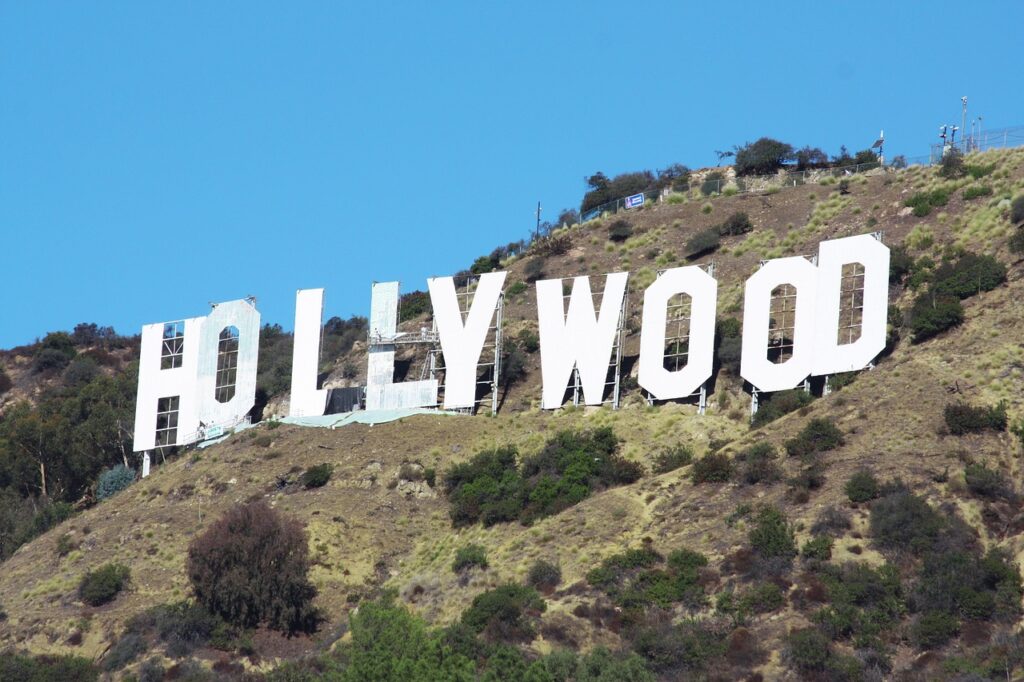
4. **Hollywood’s Entry Point: Studio Work and Extra Roles**With his football scholarship gone and the Great Depression looming, Marion Morrison needed to support himself. This necessity led him to an unexpected entry point into the burgeoning film industry. He initially found work at a local movie station, a modest start that nonetheless placed him on the periphery of Hollywood’s exciting world.
His dedication and willingness to work quickly propelled him to a job at Fox Film Corporation. Here, he began in a truly grassroots role, moving different equipment around for the studio. This labor-intensive work, though far from the glamour of acting, provided him with invaluable exposure to the inner workings of a film set and the intricate processes of movie-making.
Given his impressive physique and athletic background as a college sportsman, it wasn’t long before he transitioned from behind the scenes to in front of the camera, albeit in a small capacity. He began working as an extra in the very films he was helping to produce. His robust build and natural physical presence made him perfectly suited for these background roles, allowing him to seamlessly blend into various scenes.
These early experiences as an extra provided him with his first taste of acting, appearing in films like *Brown of Harvard* and *Drop Kick* in the late 1920s. Though uncredited and brief, these roles were crucial stepping stones, subtly preparing him for the legendary career that awaited, slowly shaping the man who would become a cinematic icon.

5. **The John Ford Connection: A Lifelong Cinematic Partnership**It was during these early, unglamorous days as an extra and studio worker that a fateful encounter occurred, one that would irrevocably alter the course of Marion Morrison’s life. The legendary Hollywood director John Ford, a man with an eye for talent and a knack for shaping careers, noticed the strapping young athlete. This observation marked the beginning of one of the most significant collaborations in film history.
Ford gave Marion one of his first notable on-screen tasks: herding geese in the 1928 film *Mother Machree*. While perhaps an unusual start for a future star, this small role cemented a connection that would blossom into a profound and lifelong bond between the two men. Ford saw potential, and Morrison found a mentor who believed in him.
The relationship between Ford and “The Duke” grew stronger with each passing project. Morrison continued to appear in Ford’s movies, developing his craft and gaining invaluable experience under the watchful eye of the master director. This ongoing collaboration became a cornerstone of Wayne’s career, with Ford consistently providing opportunities that allowed his protégé to shine.
Indeed, director Raoul Walsh later recalled a sense of friendly contention between himself and Ford, as both believed they had “found” John Wayne. This shared sense of ownership over launching the young star’s career only underscores the deep personal and professional investment these visionary directors had in shaping the talent of Marion Morrison.

6. **Crafting a Legend: The Birth of “John Wayne”**With a budding career and the invaluable mentorship of John Ford, Marion Morrison was on the cusp of his big break. Ford introduced the aspiring actor to director Raoul Walsh, who was casting his epic Western, *The Big Trail*. Walsh saw the potential for a leading man and offered Morrison his first starring role as Breck Coleman, a pivotal moment that demanded a new identity.
It was during the filming of *The Big Trail* that the studio executives at Fox Film Corporation decided Marion Morrison needed a new, more marketable name. They believed a rugged, American-sounding moniker would resonate better with audiences and make him easier to promote as a cowboy star. This was a crucial step in transforming the man into the myth.
According to Scott Eyman, author of *John Wayne: The Life and Legend*, the choice of “Wayne” came from Winfield Sheehan, who ran Fox Studios. Sheehan was a devoted fan of ‘Mad Anthony’ Wayne, a distinguished general from the Revolutionary War. The historical weight and patriotic resonance of the name appealed to the studio, providing a strong, memorable surname for their new star.
The “John” part of the name simply “came up in conversations because it seemed to fit with ‘Wayne’: ‘John Wayne.’ It had a nice symmetry to it,” as Eyman noted. The combination was powerful, simple, and distinctly American, perfectly aligning with the image the studio wanted to cultivate. This name change, however, also has slightly differing accounts within the industry, with Richard Schickel suggesting Walsh himself claimed credit for the name, inspired by the same Revolutionary War general. While the exact moment of naming is debated, the influence of ‘Mad Anthony’ Wayne is a constant.
Interestingly, the year before *The Big Trail* and the official adoption of “John Wayne,” Marion Morrison was credited for the first and only time as “Duke Morrison” in the musical comedy *Words and Music*. This brief use of his beloved nickname as a screen name shows an early attempt to find a suitable identity, ultimately leading to the studio-minted legendary name we all recognize today, a name that would become etched in cinematic history.
7. **’Stagecoach’ – The Thunderous Breakthrough**After years of diligent work, honing his craft and appearing in numerous films, often in smaller roles, John Wayne was on the cusp of true stardom. His mentor, John Ford, recognized the immense potential in the strapping young actor and offered him a role that would irrevocably change the trajectory of his career and American cinema forever. It was a “once-in-a-lifetime opportunity,” as many would describe it.
In 1939, Ford cast Wayne as the iconic Ringo Kid in his groundbreaking Western classic, *Stagecoach*. This film was not just another movie; it was a cinematic event that would redefine the Western genre and solidify Wayne’s image as the quintessential cowboy hero. The role demanded a unique blend of toughness, vulnerability, and a strong moral compass, all of which Wayne delivered with astonishing naturalism.
*Stagecoach* became an instant classic, lauded by critics and adored by audiences. It catapulted John Wayne from a promising actor to a major movie star, effectively launching his illustrious career as the king of Westerns. From this moment on, the name John Wayne would become synonymous with the rugged individualism and heroic spirit of the American frontier, a legacy that continues to resonate today.
8. **Forging the Icon: Signature Walk and On-Screen Presence**Before his *Stagecoach* breakthrough, the ten years following his first starring role in *The Big Trail* were far from idle. This crucial decade was dedicated to intensive training and immersion, allowing Marion Morrison to truly embody the persona of John Wayne. He spent countless hours working alongside seasoned stuntmen and real cowboys, absorbing their knowledge and mastering the nuances of the Western lifestyle.
It was during this formative period that Wayne meticulously developed the physical attributes that would become hallmarks of his screen presence. His signature, confident walk, a swagger that exuded authority and determination, was carefully cultivated. This distinctive gait became instantly recognizable, a non-verbal cue that signaled the arrival of a true American hero on screen.
Furthermore, he refined his on-screen fighting style, ensuring every punch, every tumble, and every confrontation looked authentic and impactful. This commitment to realism, coupled with his natural athleticism, imbued his action sequences with a gritty credibility that captivated audiences. These elements weren’t just performance choices; they were the very fabric of the iconic character he brought to life.
The conscious development of these physical mannerisms and his authentic understanding of the Western world cemented his distinctive persona. He wasn’t just playing a cowboy; he *became* the cowboy, a cinematic figure whose presence commanded attention and respect in every frame, laying the groundwork for his legendary status.
9. **A Family Man: John Wayne the Father**Beyond the larger-than-life screen persona, John Wayne was also a dedicated family man, a father to seven children. His personal life, while often private, held a deep significance, shaping the man behind the legendary roles. His children, Michael, Toni, Patrick, Melinda, Marisa, Aissa, and Ethan, were an integral part of his world.
His son, Patrick Wayne, shared insights into their family life, particularly after his parents’ divorce when he was four years old. He recalled that his mother was a homemaker who essentially raised their four children “virtually by herself.” This candid detail offers a glimpse into the domestic challenges and strength required to maintain a stable home life amidst the whirlwind of Hollywood stardom.
Despite the demands of his illustrious career, Wayne clearly prioritized his role as a father, a constant presence in the lives of his children. The personal anecdotes shared by his family members reveal a man who, while a global icon, cherished his role within the family unit.
This aspect of his life underscores the human element behind the legend, demonstrating that even a figure as monumental as John Wayne had a private world filled with the joys and responsibilities of fatherhood, adding a layer of relatability to his public image.
Read more about: Dwayne ‘The Rock’ Johnson’s Unprecedented Transformation: The Real Story Behind His Dramatic New Physique and Bold Career Shift
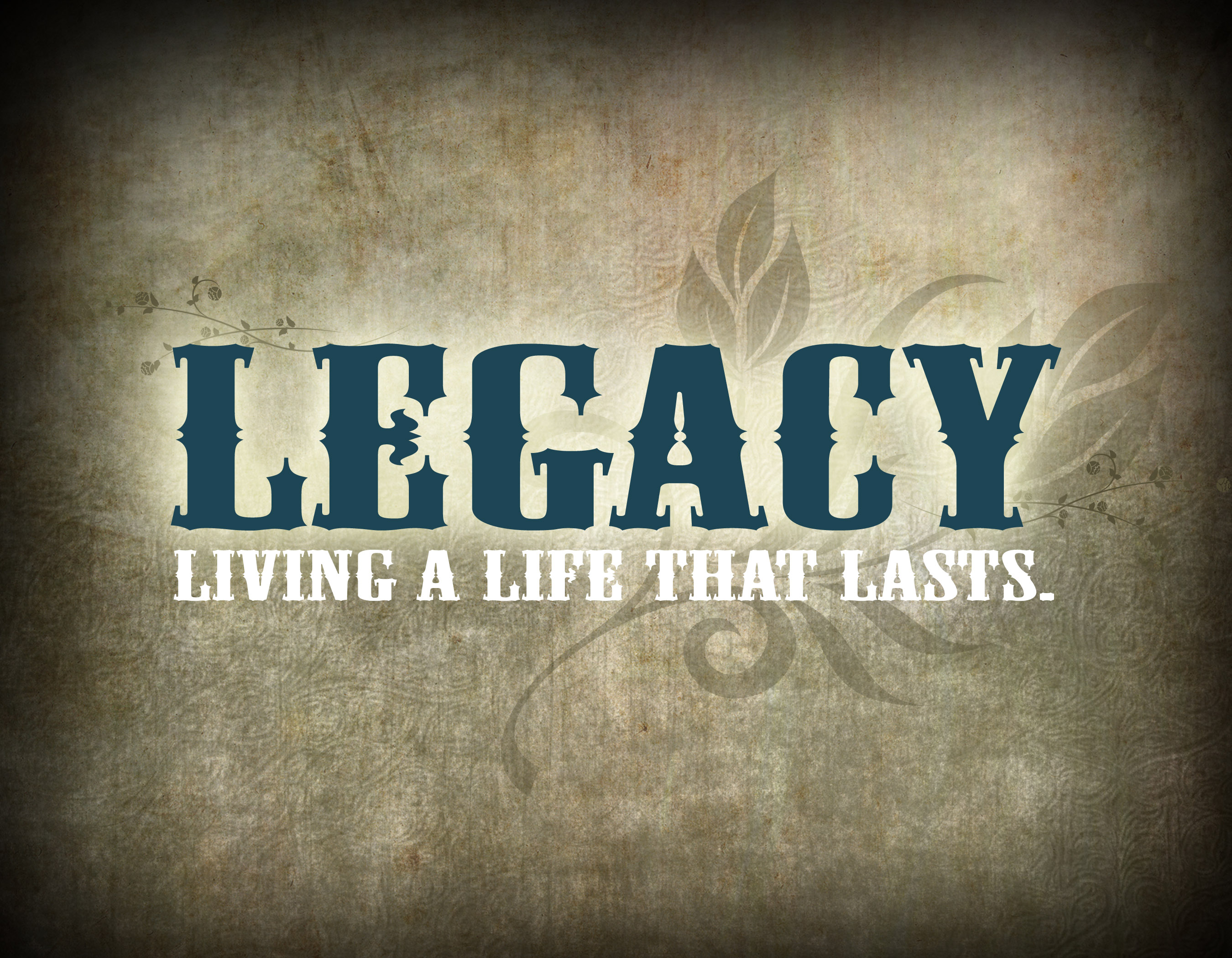
10. **Legacy Beyond the Screen: Philanthropy and Honors**John Wayne’s impact extended far beyond the silver screen, touching lives through his profound philanthropic endeavors. He harbored a deep passion for helping doctors fight cancer, a cause that became intensely personal later in his life. This commitment transformed into a lasting legacy that continues to make a difference.
Just six years after his passing in 1979, his dedication to the cause was formally recognized with the establishment of the John Wayne Cancer Foundation in 1985. This foundation stands as a powerful testament to his vision and generosity, continuing his fight against a disease that ultimately claimed his life.
His contributions to American culture and his embodiment of national ideals were also acknowledged with the highest civilian honors. Posthumously, John Wayne was awarded the Congressional Gold Medal, a prestigious recognition from the United States Congress, celebrating his enduring influence.
Furthermore, he received the Presidential Medal of Freedom, an honor bestowed by the President of the United States. These significant awards underscore not only his artistic achievements but also his profound cultural and patriotic impact, solidifying his place as a revered American figure whose legacy extends into public service and medical philanthropy.
11. **The Duke’s Enduring Filmography: A Cinematic Treasure**John Wayne’s remarkable career spanned over five decades, during which he starred in an astounding 175 movies. This prolific output cemented his status as one of cinema’s most hardworking and beloved actors, leaving behind a vast and invaluable filmography that continues to entertain and inspire generations.
His body of work is a rich tapestry of American storytelling, predominantly featuring Westerns, but also encompassing war films and adventures. He delivered iconic performances in some of the most celebrated films of all time, crafting characters that became synonymous with strength, integrity, and heroism. His roles ranged from the hardened outlaw to the unwavering lawman, each imbued with his unmistakable charisma.
Among his most beloved and enduring films are classics such as *True Grit*, for which he won an Academy Award, *The Shootist*, *Rooster Cogburn*, *The Alamo*, *Big Jake*, *El Dorado*, *Rio Bravo*, *The Quiet Man*, *Rio Grande*, *The Man Who Shot Liberty Valance*, *Sands of Iwo Jima*, *She Wore a Yellow Ribbon*, and *The Searchers*. These titles represent a mere fraction of his extensive career, yet they stand as pillars of cinematic history.
Each film showcases his unique ability to command the screen, whether through a subtle glance or a powerful monologue. His filmography is not just a collection of movies; it is a chronicle of American cinema, reflecting the evolving landscape of storytelling and the enduring appeal of a true star.

12. **A Special Bond: John and Patrick Wayne**Entering the world of show business as the child of a movie icon inevitably comes with its own unique set of challenges, particularly the constant comparisons. However, John Wayne’s son, Patrick Wayne, managed to carve out a successful career for himself, developing a truly special bond with his legendary father along the way.
Patrick, unlike his siblings, was the only one who actively pursued acting as a career, fostering a deeper professional connection with his dad. He reminisced that he “never had to compete with my brothers and sister for my dad’s attention” when on set, a privilege that made their shared time even more meaningful. This unique dynamic allowed for a different kind of relationship to flourish.
Over his career, Patrick Wayne appeared in more than 40 films, a testament to his own talent and dedication. Remarkably, nine of these films were alongside his iconic father, providing them with an unparalleled opportunity to work together and create lasting memories both on and off screen.
Their co-starring roles include memorable films such as *Rio Grande* (1950), *The Quiet Man* (1952), *The High and the Mighty* (1954), *The Conqueror* (1956), *The Alamo* (1960), *The Comancheros* (1961), *Donovan’s Reef* (1963), *McLintock!* (1963), and *Big Jake* (1971). These collaborations highlight a rare father-son partnership in Hollywood history.
Patrick fondly described this experience as “pretty great” and deeply special, emphasizing the unique bond they shared through their shared craft. Their joint film ventures stand as a heartwarming chapter in John Wayne’s life, illustrating not just a professional legacy, but a personal one built on shared passion and mutual respect.
From a young boy nicknamed ‘Little Duke’ after a faithful canine companion, to the towering figure of American cinema, John Wayne’s journey is a compelling narrative of transformation, dedication, and enduring impact. His real name, Marion Robert Morrison, may have faded into the background, but the legend of John Wayne, ‘The Duke,’ continues to shine brightly, a timeless symbol of an era and a spirit that captivates us still. His legacy, forged on dusty Western trails and in the hearts of millions, remains as rugged and resilient as the characters he so brilliantly brought to life. He was, and always will be, more than just an actor; he was an American icon, a dedicated father, and a generous spirit whose story will continue to be told for generations to come.

